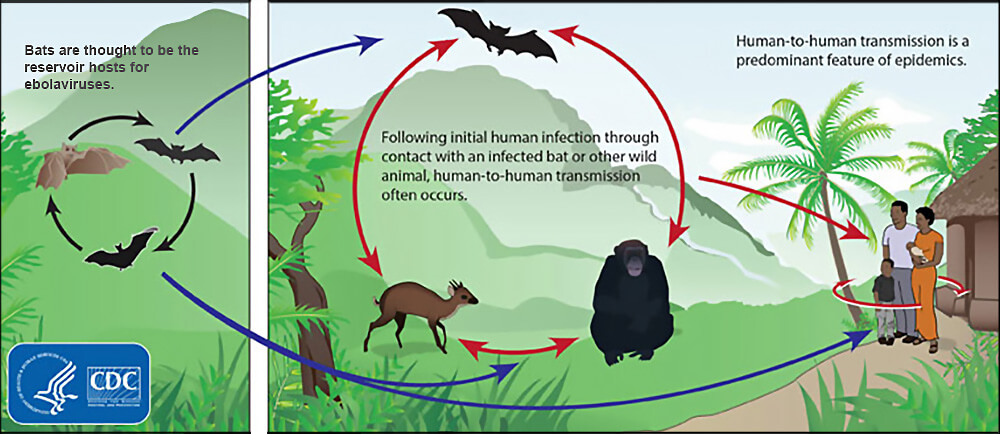The bat-whisperer is Dr. Prime Mulembakani, and along with a couple of colleagues from the [Democratic Republic of the Congo]’s Institut National de Recherche Biomédicale (INRB) in Kinshasa, he is in Kimpese to test bats for potentially dangerous viruses as part of a U.S. Agency for International Development effort called Predict.
If scientists can detail the places where lethal viruses simmer in wait, the thinking goes, they can head off a swelling pandemic and better manage outbreaks while they are still small and local. Researchers and other outbreak responders could consult this database to begin mapping the source of an emerging disease, for example, and quickly get to work on minimizing transmission and developing potential new vaccines that could save countless lives.
…
It’s an ambitious idea, and the stakes are high. The infamous 2014 Ebola outbreak, after all, likely began when a toddler came in contact with bat droppings while playing near a tree in rural Guinea.

This [project] would, of course, take a lot more commitment and a lot more money than is currently on the table —something similar to the billions of dollars underwriting large-scale efforts like the Human Genome Project…That sort of support, however, seems unlikely to materialize anytime soon — particularly given drastic cuts to foreign aid and development programs…under the latest budget proposed by U.S. President Donald J. Trump.
The GLP aggregated and excerpted this blog/article to reflect the diversity of news, opinion, and analysis. Read full, original post: The Virus Hunters































